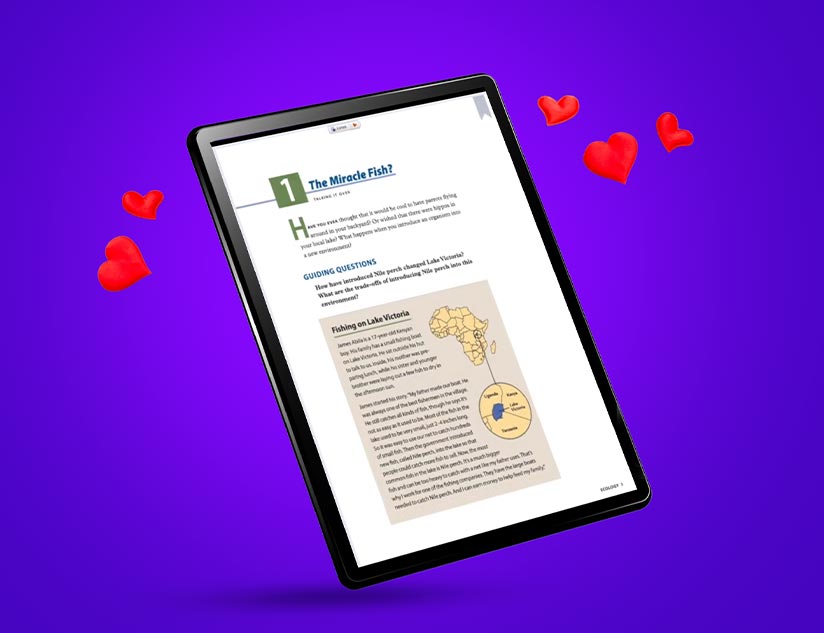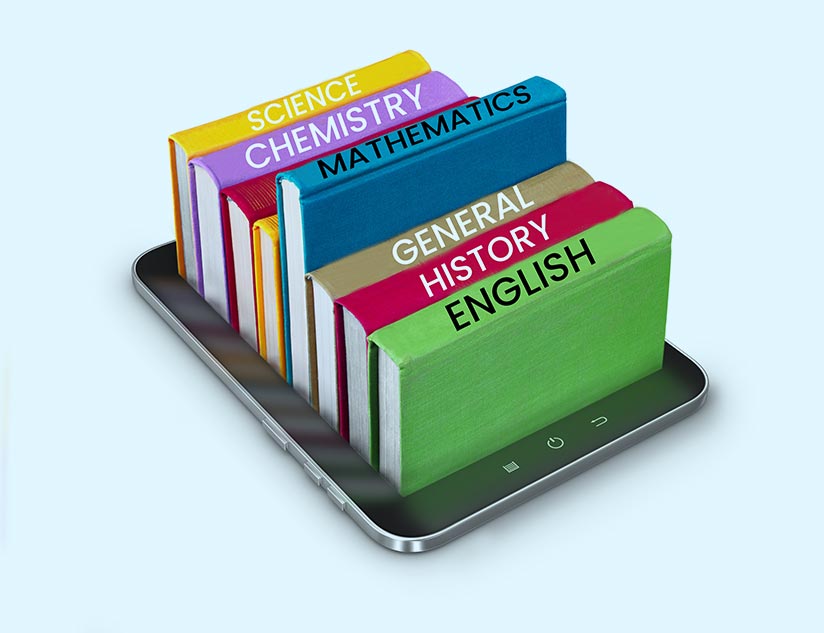5 Things to Look for in a B2B Digital Publishing Platform
October 8th, 2020
B2B publishing has existed for close to two centuries now. The American Railroad Journal, whose primary audience were miners and iron manufacturers, was started in 1831. As businesses grew and economies fell over the course of the following decades, business-to-business publishing kept changing forms, from trade catalogs, sales manuals, and in-person presentations to the “industrial marketing” magazines of the ‘90s.
The changing nature of the market and constantly transforming business strategies have decided the nature of B2B marketing. As the world of data, processes, and business continues to move online, B2B marketing is also looking towards digital publishing to drive innovation and sales. The latter bypasses the major concerns of print, providing wider reach, lower costs, and better engagement for the target audience. It provides interactivity with rich media element support and better analytics capabilities for improvement.
What’s more, one doesn’t even have to get into the technical knowhow of publishing. End-to-end platforms that do it all for you, from the conversion of content from legacy formats to the new ePub3, providing multimedia layering capabilities, protecting the content from piracy with DRM, and more, are coming up thick and fast.
Where you come in is making the all-important choice: which platform is the best? Here’s what you should look for while choosing business-to-business publishing solutions for your business.
1. OS and Device Compatibility
This has to be the first requirement. The scales might continue to tilt in favor of Windows, but consumers and corporations across the world use a variety of operating systems. And it is not a good idea to risk losing any business because of something as little as this. In fact, 52% of smartphone users in the US were using Android as of September 2019. So, check whether the platform is compatible with all the popular OSes and devices, including iOS, Android, Windows and smartphones, tablets and the web.
2. Navigability and Smooth Interface
It makes sense to choose a platform that provides end-to-end content publishing and distribution solutions. Does the provider offer one-click conversion of legacy content to ePub3? The advanced publishing standard allows better readability through its responsive design. ePub3 is built on HTML5, which means your customers can access your content right on their browser, without having to download an app. Look for a platform that has a robust workflow for conversion to fixed-layout ePub3 that is IDPF-compliant, something like the dedicated conversion solution, SmartPage.
3. Sales Enablement Options
B2B content distribution all about innovation, and it is for the same reason that you should prioritize digital sales collateral creation and distribution while choosing a publishing platform. You should not only be able to come up with engaging cataloges, brochures and other marketing materials, but also visualize usage through a customized analytics dashboard. The feature should also allow clients to download the material for reading offline, highlight portions, and interact with the designated salesperson.
4. White-Label Platform
Branding drives sales and your B2B publishing platform needs to help you provide users a complete brand experience. In addition, if you are looking to monetize your content, you should have a secure eCommerce solution built into the platform, integrated with trusted payment gateways. This feature will ensure that you can securely distribute your content, seek subscriptions and provide branded content to all your clients.
5. Robust Encryption and Digital Rights Management
For your business to be trusted, you need to be able to protect sensitive user data, while also preventing content piracy. Did you know that such piracy leads to losses of $300 million in the US alone, every year? This means that technology should ensure that only authorized users can access the content. The functionalities should include (a) prevention of screen-grabbing, copying, or printing content (b) subscribed-period access (c) control over the number of devices that can access the content per subscription.
Other Considerations
Apart from the above, the other features one should prioritize while looking for B2B publishing and content distribution platform include features like text-to-speech conversion. Does the platform support ReadSpeaker? If not, the content may not be accessible to the differently-abled. Does the platform support flexible pricing options and multiple subscription models? You may want to start with a pay-as-you-go model and rethink the subscription later.
If you are looking to create e-learning content for your partner businesses, it is important to look at publishing platforms that deal specifically in conceptualizing, developing and delivering learning modules. Being able to track learner progress, based on content consumption patterns, is also essential in order to make improvements. This requires the platform to have a good analytics dashboard.
MagicBox™ is an end-to-end publishing platform that offers content access across multiple OSes and devices and smooth conversion to ePub3. For businesses looking to conceptualize a corporate digital strategy, the platform offers its services as digital content design and delivery partner. We also help deploy strong sales collateral creation and distribution services. To know more, get in touch with us.














